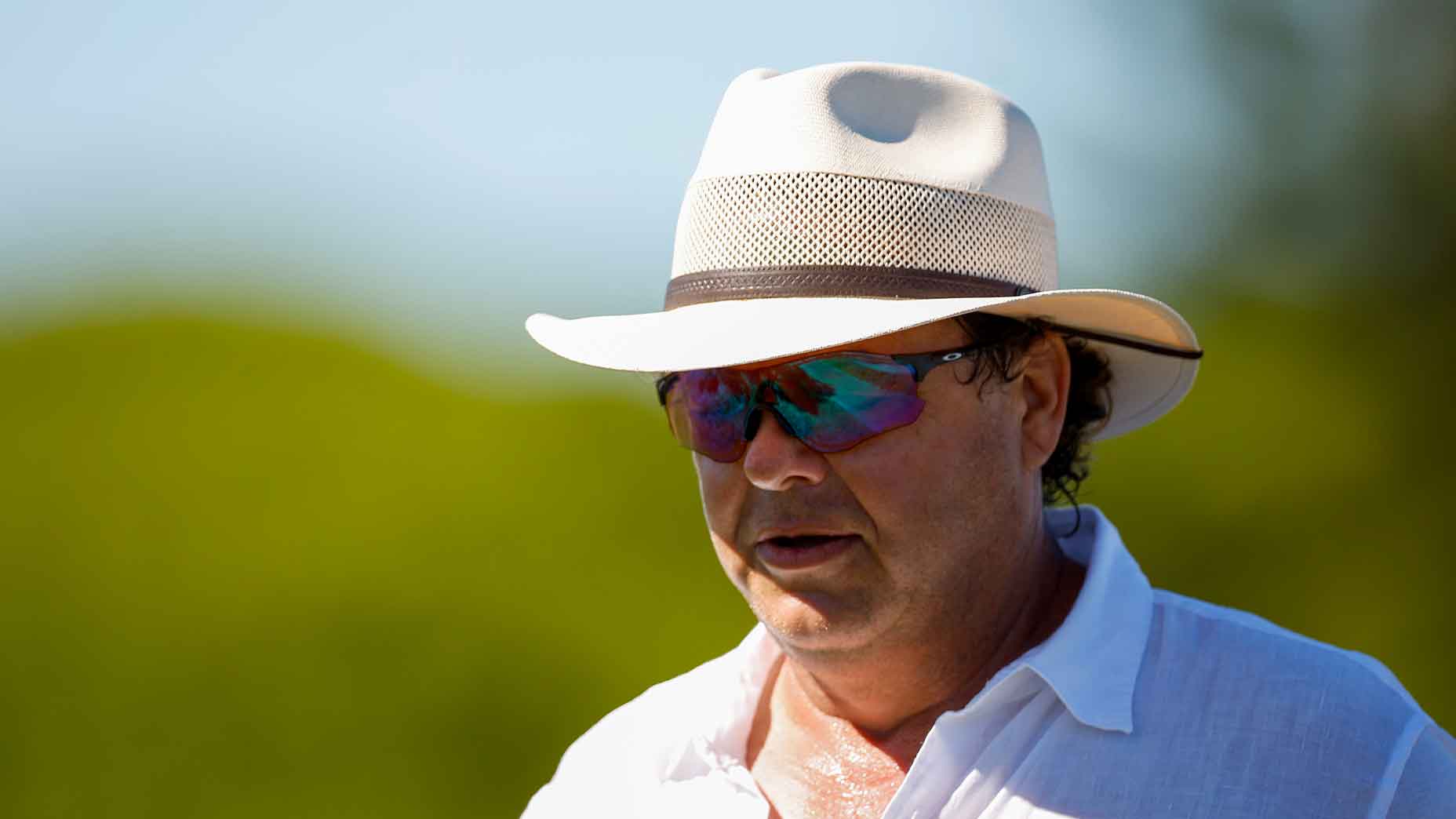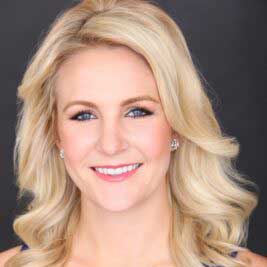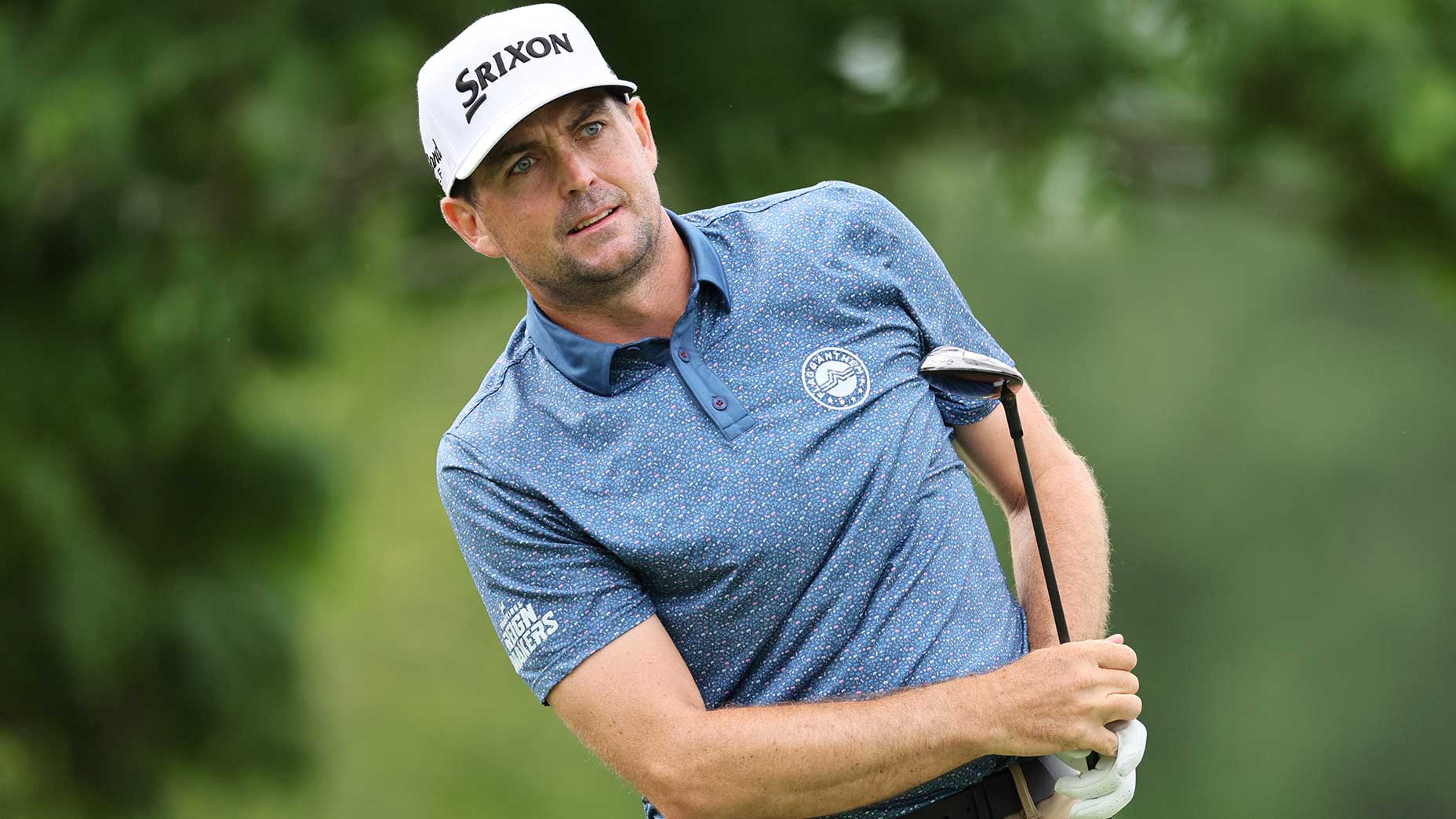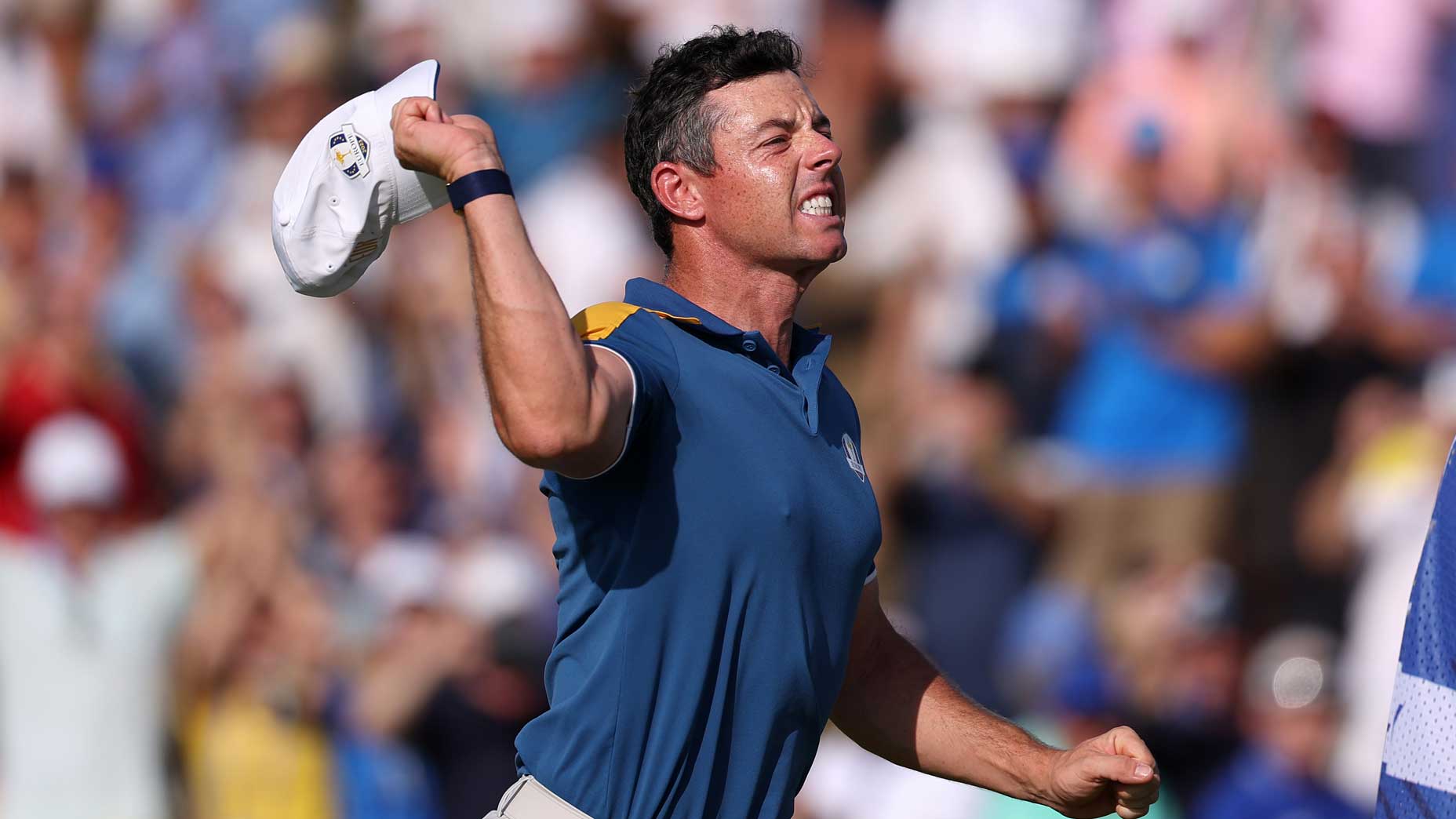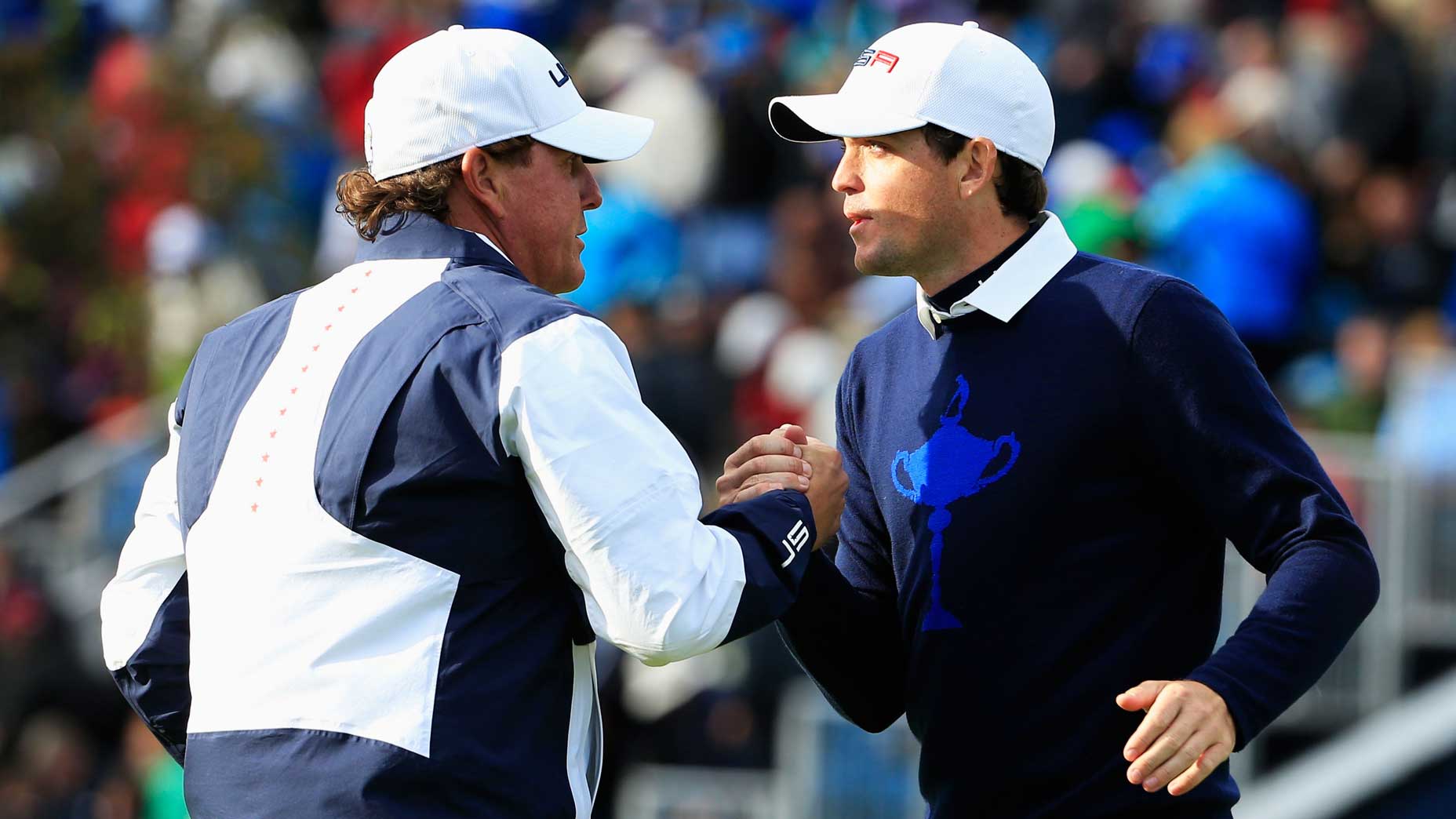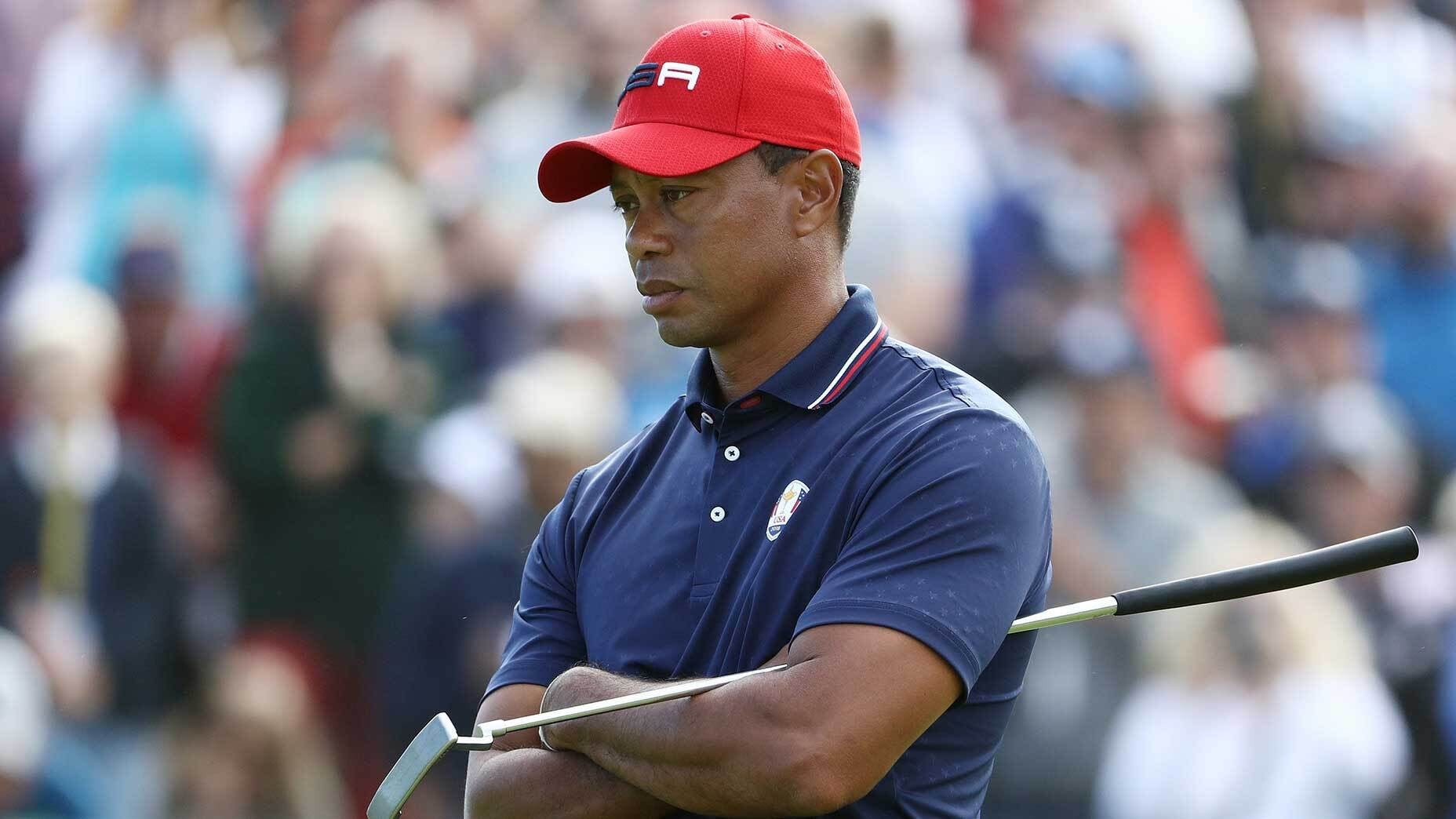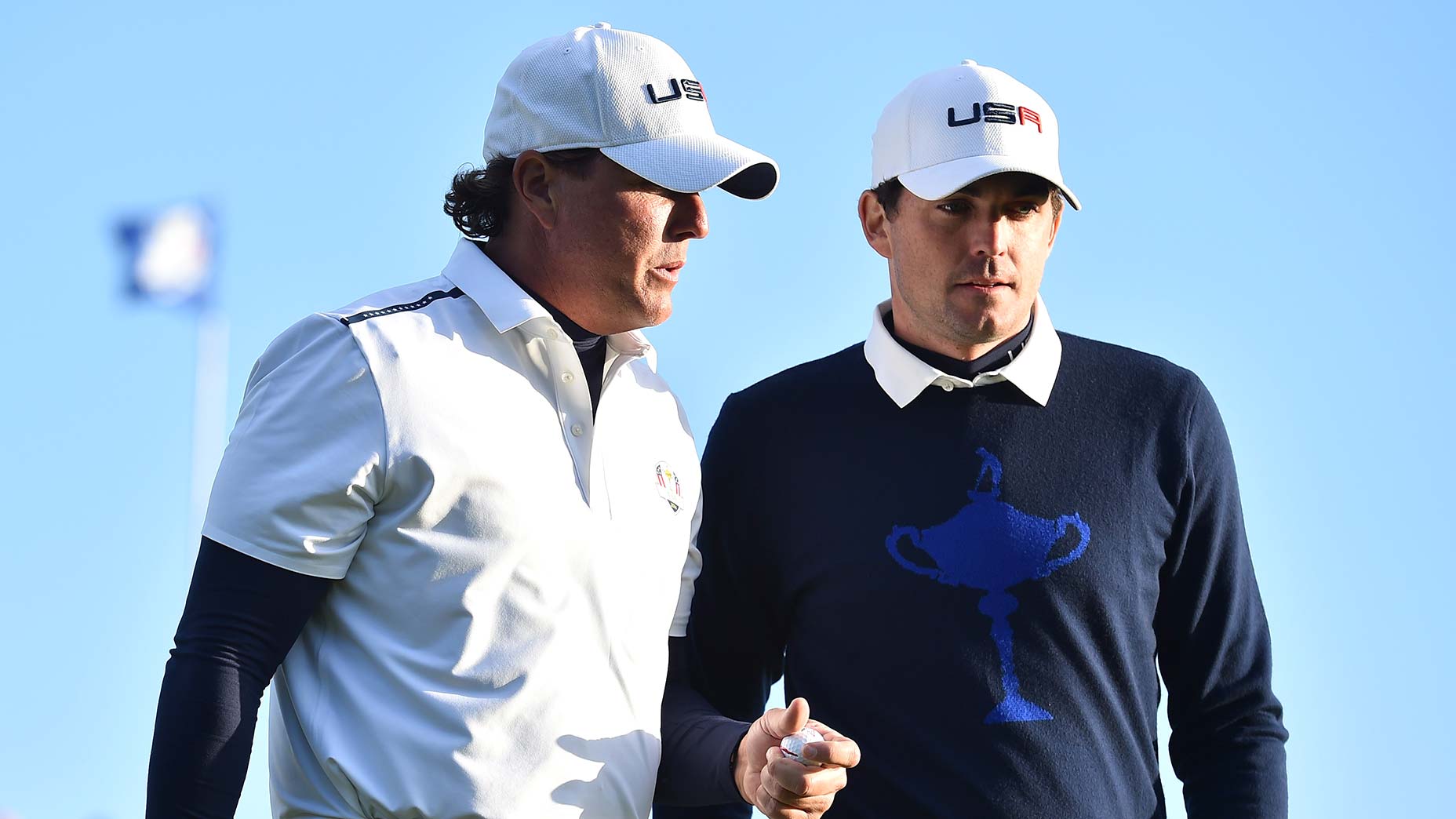Do Ryder Cup players pocket any money? Sort of. Here’s how it works
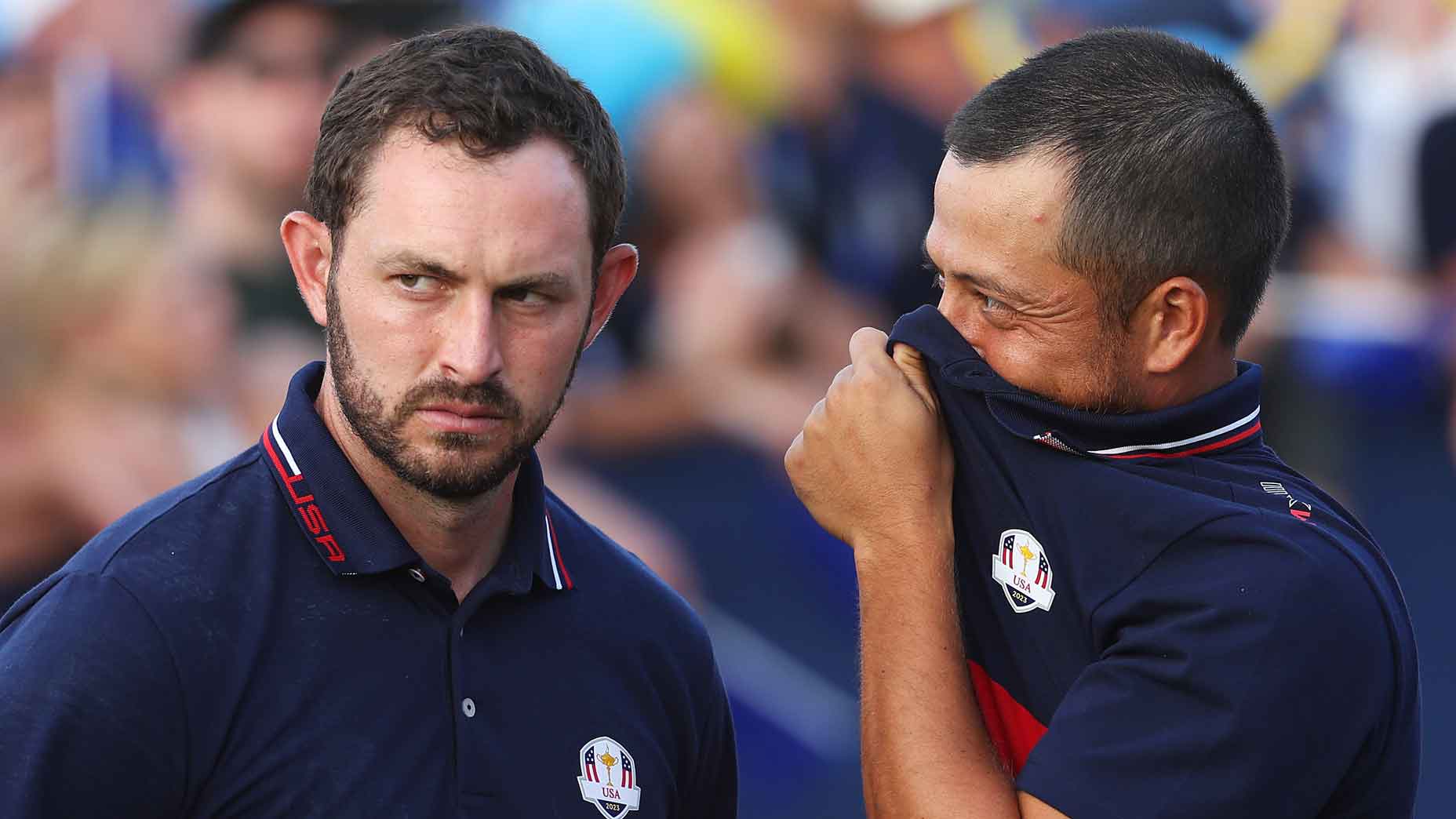
Patrick Cantlay and Xander Schauffele at the 2023 Ryder Cup.
Getty Images
At the Ryder Cup last week, Patrick Cantlay repeatedly denied the validity of a Sky Sports report that alleged his decision to go hat-less at the Ryder Cup was a protest against players not getting paid to play in the event. But in the wake of the U.S. team’s 16.5-to-11.5 defeat, new details emerged about the genesis of the pay dispute.
According to reporting by The Times, a London-based newspaper, both Cantlay and Xander Schauffele, ahead of the Ryder Cup, asked for a player participation and benefit agreement to be amended in three places; this was according to Schauffele’s father, Stefan. One of their asks, Stefan said: deny locker-room access to the Netflix Full Swing camera crew. That request was ultimately granted, Stefan said, after a unanimous Team USA vote agreed to maintain the “sanctity” of the team room.
When asked about the request, a PGA of America spokesperson told GOLF.com, “As always, we are not going to comment on private conversations with our Ryder Cup Team Members.“
In the Times article (as well a subsequent discussion with GOLF), Stefan also took issue with Ryder Cup players not getting paid. (U.S. players do receive $200,000 that they can donate to a charity of their choice.)
The notion of Schauffele and Cantlay — both of whom have banked around $40 million in PGA Tour earnings — balking at not being compensated to represent their country may turn off fans. But Stefan said it’s about the principle.
“They are using players’ intellectual properties to make money, and the American players don’t get paid,” Stefan told The Times. “More importantly, this would become a non-issue if all proceeds, net proceeds, from the Ryder Cup were to be donated to common charitable causes. Right now, the American players are asked to donate their time pro bono in the name of patriotism so these organizations can benefit from the profits.
“The PGA [of America] uses this money, and the PGA Tour gets 20 percent that goes into the retirement of every member. The 12 players supposedly need to eat it and their intellectual property gets abused for the benefit of 200 other people. That’s not right.”
Regardless of how you feel about player payment at the Ryder Cup, Stefan’s point is worth closer inspection.
The PGA of America does distribute 20 percent of the Ryder Cup media-rights revenue to the PGA Tour, a PGA of America spokesperson confirmed. But how much money is that? Neither the PGA of America nor the PGA Tour would say.
Reports estimate the 15-year NBC television deal renewal, which kicked off in 2015, to be worth $440 million. So let’s do the math: 20 percent of that figure is $88 million. Eight Ryder Cups will be contested in that 15-year period, bringing the biannual distribution to the PGA Tour to roughly $11 million.
If that sum was shared among the 12 U.S. players, that would equate to about $916,666 per player — or more than the runner-up took home at this year’s 3M Open, a “regular,” non-designated Tour event.
But the players themselves don’t receive that money directly.
Many outlets have reported that the funds are directed to the Tour’s deferred compensation plan, i.e., player pensions — the same place where FedEx Cup bonus money lives. But a PGA Tour source told GOLF.com that, at least since the 2016 Ryder Cup, the Tour’s slice of the media-rights revenue has, in fact, been primarily directed to the Tour’s bottom line, bolstering PGA Tour purses and paying FedEx Cup and other bonuses. In this way, Ryder Cup players are paid — well, sort of — but they’re also effectively sharing those proceeds with their fellow members who do not participate in the Ryder Cup.
In years past, the PGA of America’s $200,000 allocation to each U.S. Ryder Cup player was split; half went to the players’ charities of choice, while the other half went to PGA of America-approved initiatives, like the PGA Junior League and the Drive, Chip & Putt Championship. This year, a PGA of America source confirmed, players were able to donate the whole $200,000 at their discretion.
Perhaps it’s not the amount of money, but rather the mandatory constraints regarding its disbursement that draws resistance from players like Schauffele and Cantlay. At the 2022 Presidents Cup — where Cantlay and Schauffele played for the U.S. side — each U.S. player received $250,000, with no charitable-spend stipulation. Consequently, the Presidents Cup, a bi-annual match-play exhibition like the Ryder Cup, hasn’t struggled with the same pay-for-play drama.
How much does a player deserve to be paid to represent their country? Is it fair for others, namely corporate organizations, to reap the fruits of their labor? Ultimately, the answers to those questions depend on your perspective. As with seemingly everything in the golf world these days, it’s complicated.

